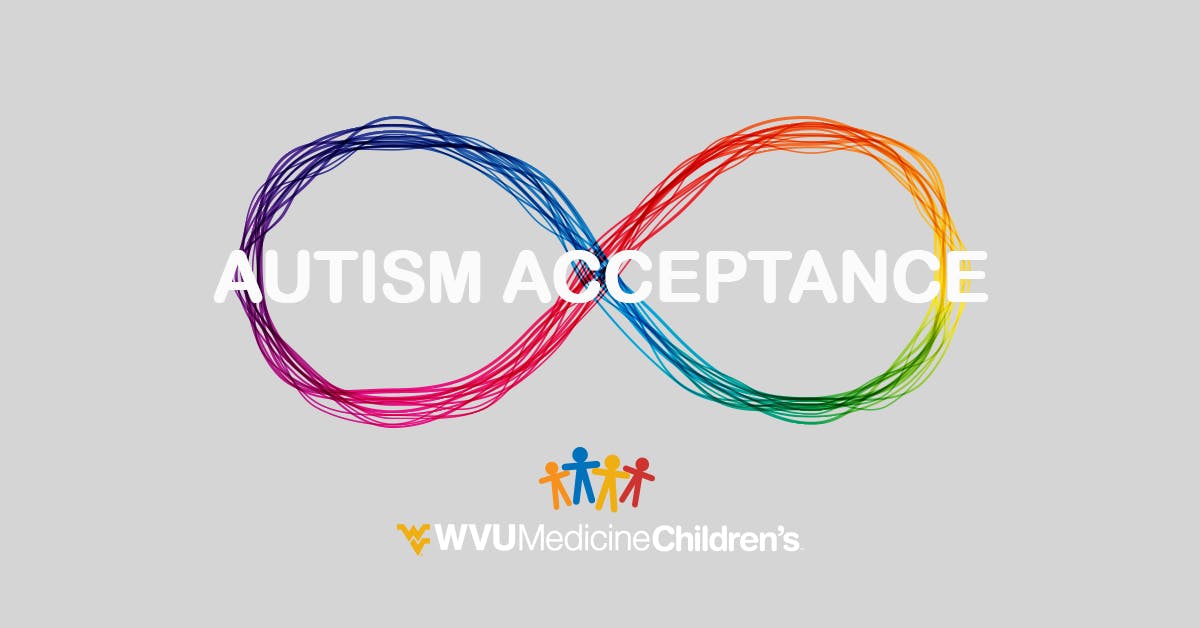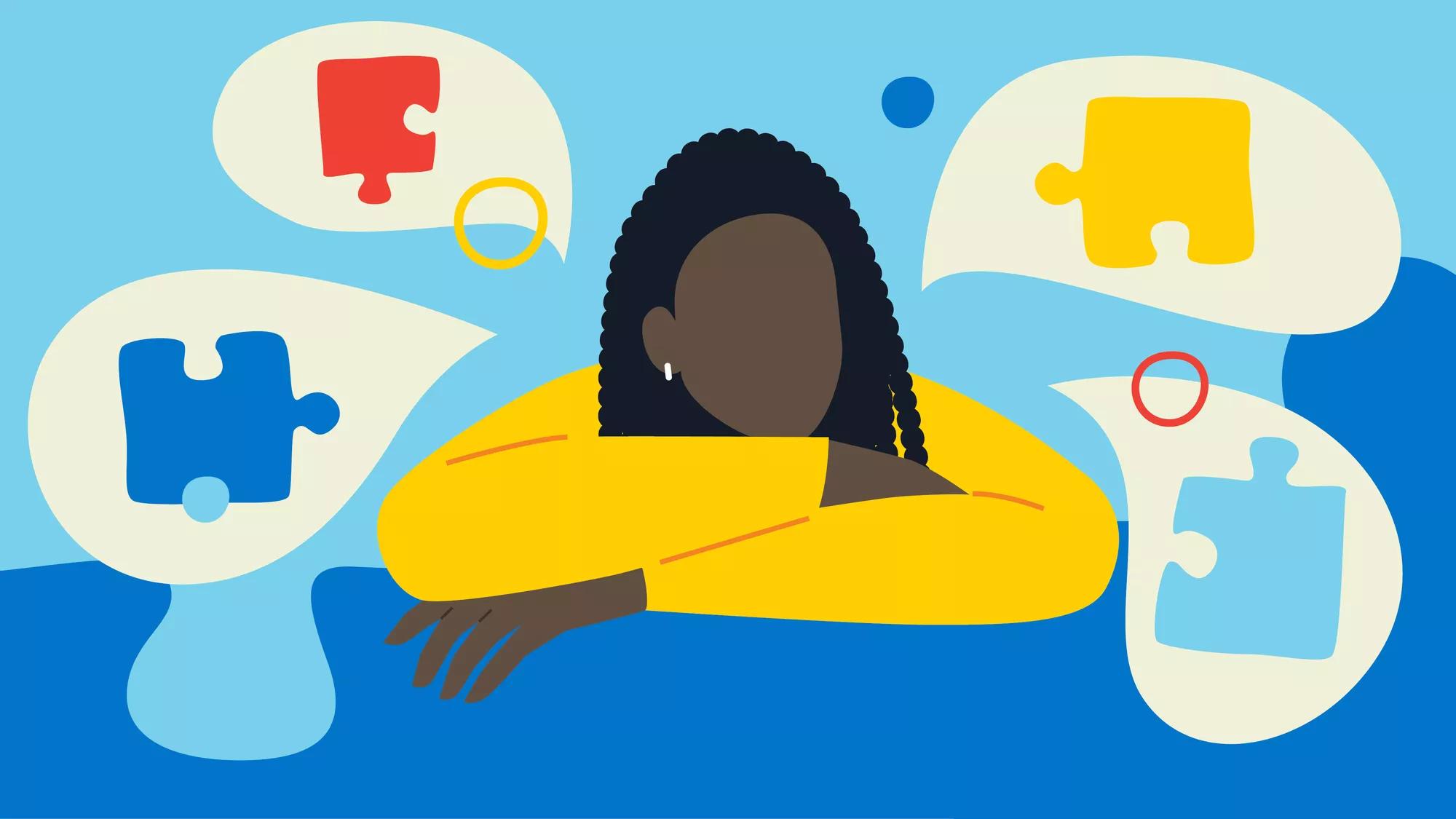Comprehending the Spectrum: A Comprehensive Guide to Autism Understanding
Comprehending the Spectrum: A Comprehensive Guide to Autism Understanding
Blog Article
Discovering Autism: Strategies for Reliable Interaction and Interaction
Effective communication and interaction with people on the autism range demand an extensive understanding of their special demands and choices. Approaches such as employing clear language, utilizing visual assistances, and fostering consistent routines can considerably boost involvement and lower anxiousness. Furthermore, recognizing the significance of non-verbal hints and shared rate of interests leads the way for meaningful links. The intricacies of these techniques expose further factors to consider that warrant exploration, particularly in just how they can be adjusted to varied contexts and private experiences. What might these adaptations look like in technique?
Comprehending Autism Spectrum Disorder
Autism Spectrum Disorder (ASD) incorporates a variety of neurodevelopmental problems defined by challenges in social communication, communication, and recurring habits. The term "range" shows the varied symptoms and varying levels of severity experienced by people with ASD. While some may display substantial disabilities, others might display high-functioning qualities, enabling higher self-reliance in every day life.
The onset of ASD usually takes place in early youth, with indications often identifiable by age 2. Very early indicators might consist of postponed speech development, restricted eye call, and troubles in recognizing social cues. Although the exact etiology of ASD continues to be uncertain, study suggests a combination of hereditary and ecological elements plays an essential function in its growth.
As an outcome, interventions and support customized to private needs are necessary for promoting communication and social abilities. Identifying the complexity of ASD is important for advertising understanding, approval, and effective strategies that promote significant interactions with individuals on the spectrum.

Value of Clear Interaction
Efficient communication is crucial for fostering understanding and link, specifically for people with Autism Spectrum Problem (ASD) Clear communication not just facilitates social communications however additionally boosts the individual's ability to express their ideas, emotions, and demands. For individuals with ASD, the nuances of language can often be testing; therefore, making use of distinct and simple language is vital.
Furthermore, clear communication helps in reducing irritation and anxiety that may emerge from misconceptions. When messages are conveyed in a straight and regular manner, people with ASD are much better outfitted to interpret details precisely, which can considerably boost their social engagement and engagement in various setups.
Developing routines and utilizing aesthetic supports can even more bolster clear interaction. These strategies supply people with predictable frameworks that assist understanding and retention of info. In addition, actively paying attention and being individual throughout interactions advertises an encouraging environment where people with ASD really feel valued and understood.
Eventually, focusing on clear interaction not only equips people with ASD yet also promotes even more purposeful connections with their peers, caregivers, and the broader area, leading the way for joint partnerships and inclusive interactions. - autism
Non-Verbal Communication Methods
Communication prolongs past words, and for individuals with Autism Range Problem (ASD), non-verbal signs play a significant function in interactions. Non-verbal interaction strategies can include face expressions, gestures, body language, and eye get in touch with, every one of which act as vital components for communicating purposes and feelings.
Recognizing and analyzing these non-verbal signals can boost communications with people with ASD. For instance, a cozy smile or open pose can produce a welcoming environment, motivating interaction. Likewise, utilizing visual aids-- such as image cards or icons-- can connect communication gaps and help share messages a lot more successfully.
It is additionally crucial to be mindful of personal room, as people with ASD might have different comfort levels relating to distance. Observing their responses to physical nearness can inform proper modifications.

Creating Encouraging Atmospheres
Producing a helpful environment is important for fostering favorable interactions and enhancing the health of individuals with Autism Range Condition (ASD) Such settings can considerably reduce anxiousness and produce a sense of safety and security, enabling people to reveal themselves much more freely.
To attain this, it is vital to think about sensory level of sensitivities that individuals with ASD might experience. Customizing the physical area to consist of soft lighting, marginal background sound, and comfortable seats can create a calming ambience. Furthermore, making use of constant regimens and clear visual timetables can assist people expect transitions and minimize uncertainty, additional advertising comfort.
Social rooms ought to be structured to minimize overwhelming stimulations while offering possibilities for engagement in favored tasks. Assisting in areas assigned for quiet time can likewise work as a refuge throughout minutes of tension. Importantly, integrating components of choice equips people, permitting them to exercise company in their setting.

Urging Social Communications
Cultivating social interactions amongst individuals with Autism Spectrum Problem (ASD) requires intentional approaches that prioritize convenience and engagement. Establishing predictable regimens can assist lower anxiety, making social settings more friendly. Producing organized environments with specified duties and functions permits individuals to involve without the frustrating pressure of disorganized social characteristics.
Incorporating rate of interests and toughness into social tasks can offer as a driver for interaction. For instance, arranging group activities around shared leisure activities or topics of fascination can assist in natural conversations and connections. In addition, utilizing visual supports, such as pictorial schedules or social scripts, can assist in understanding social cues and expectations.
Modeling ideal social actions is critical - autism. Peers and grownups ought to demonstrate effective communication techniques, including active listening and turn-taking. Role-playing situations can likewise supply a safe area for individuals to exercise these abilities
Last but not least, fostering peer connections with comprehensive practices is crucial. Motivating inclusive playdates or group trips can develop opportunities for socializing in a comfortable setting. By implementing these teachers, caregivers and strategies can dramatically boost social interactions for individuals with ASD, promoting their overall social development and wellness.
Final Thought
In final thought, reliable communication and site link interaction approaches are crucial for supporting individuals with Autism Spectrum Condition. Inevitably, these strategies empower individuals with autism to browse social landscapes, advertising their general health and enabling the development of long lasting connections.
Efficient interaction and communication with individuals on the autism spectrum require a thorough understanding of their distinct demands and preferences. Clear communication not only assists in social communications yet additionally boosts the individual's capability to reveal their thoughts, emotions, and needs.Cultivating social communications amongst people with Autism Spectrum Problem (ASD) requires willful strategies that prioritize convenience and engagement. By executing these caretakers, techniques and educators can look at this website dramatically improve social interactions for individuals with ASD, advertising their general social advancement and wellness.
In conclusion, reliable communication and interaction approaches are essential for sustaining individuals with Autism Spectrum Problem.
Report this page